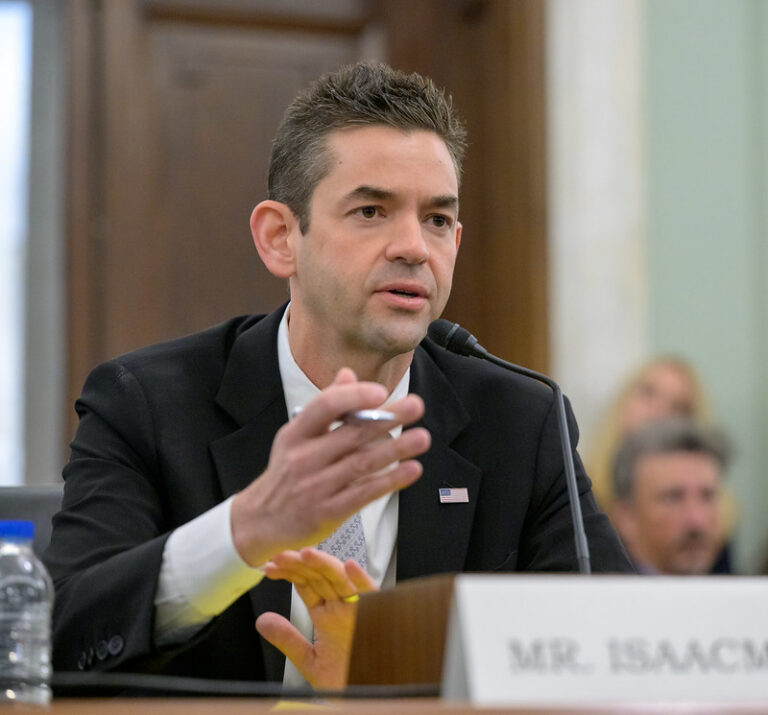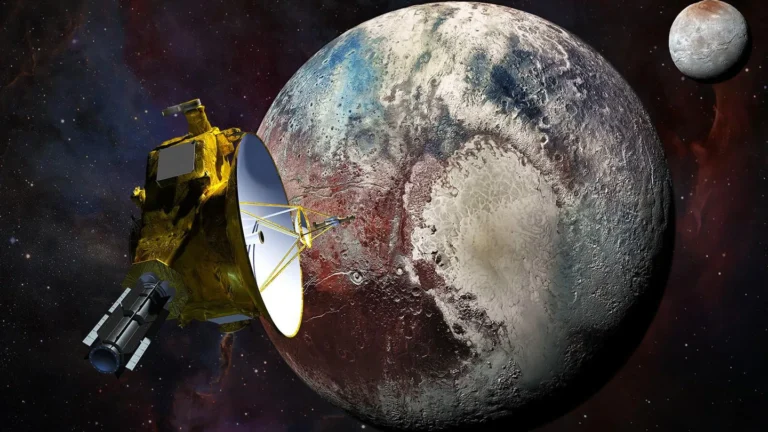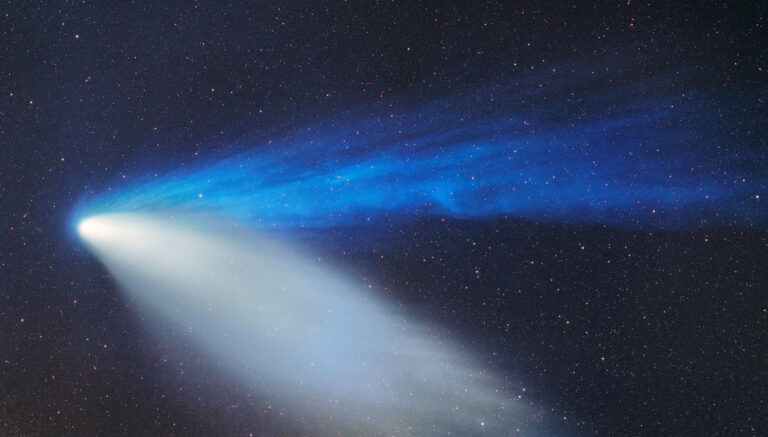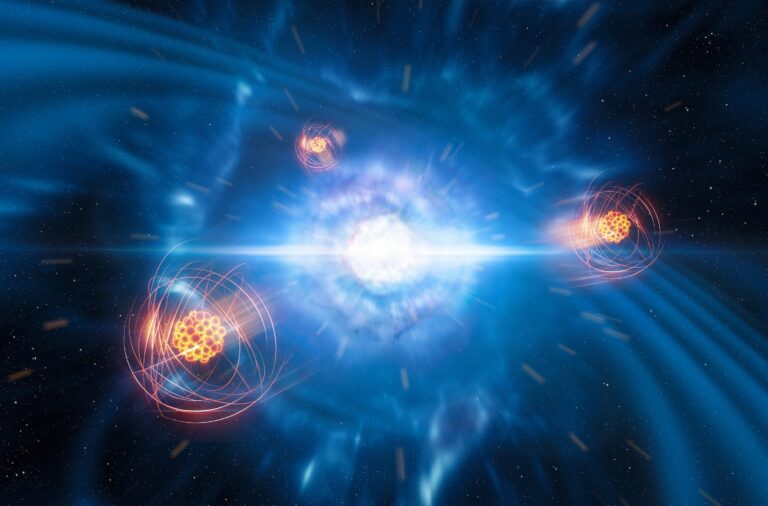Key Takeaways:
- The Hubble Space Telescope has produced a 665-megapixel composite image of the Triangulum Galaxy (Messier 33), the second largest image ever captured by the telescope.
- This image, spanning 14,500 light-years, comprises data acquired between February 2017 and 2018 using the Advanced Camera for Surveys.
- The Triangulum Galaxy, a spiral galaxy containing approximately 40 billion stars, is smaller than both the Milky Way and Andromeda galaxies.
- The released image is estimated to contain between 10 and 15 million stars.
Hubble just released its second-largest image ever: the Triangulum Galaxy, and it’s a stunner. While Andromeda has been holding the top spot since being imaged back in 2015, this zoomable, roughly 665 million-pixel composite is nothing to sneeze at, clocking in at a staggering 34,372 x 19,345 pixels. All told that adds up to 665 million pixels.
Also known as Messier 33, 40 billion stars make up this spiral galaxy, which is faintly visible by naked eye under a dark sky as a small smudge in the constellation Triangulum (the triangle.) This image spans 14,500 light-years, composed of shots taken between February 2017 and 2018 by the famous space telescope’s Advanced Camera for Surveys. The Triangulum Galaxy is small by cosmic standards, at about half the diameter of the Milky Way and a quarter of the diameter of the Andromeda galaxy. Still, the astronomers estimate there are anywhere between 10 and 15 millions stars contained in this image.
Eat your heart out, David Bowman — this thing is FULL of stars!










